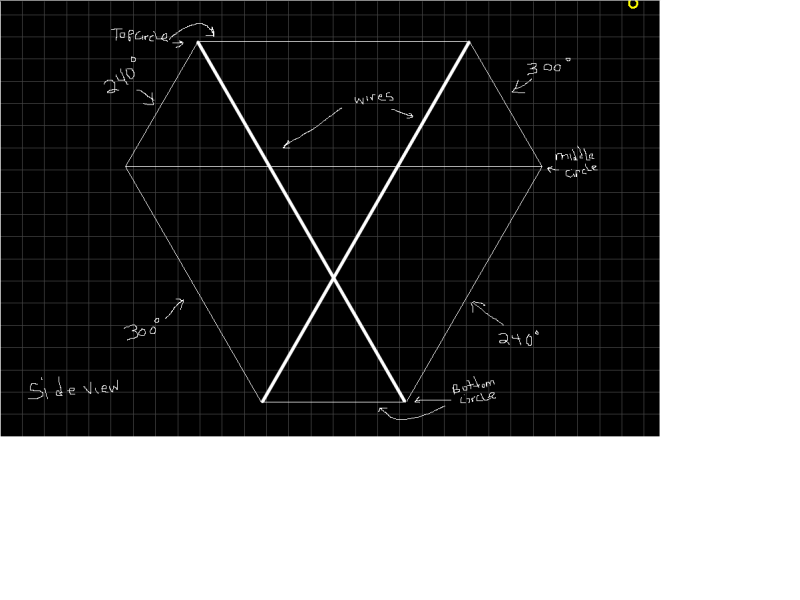Originally posted by Cloxxki
View Post
Sumerian/Babylonian sexagesimal (base 60) numeric system...
Later the Greek astronomer Eratosthenes (who lived circa
276 to 194 B.C.) used a sexagesimal system to divide a
circle into 60 parts in order to devise an early geographic
system of latitude, with the horizontal lines running through
well-known places on the earth at the time.
A century later, Hipparchus normalized the lines of latitude,
making them parallel and obedient to the earth's geometry.
He also devised a system of longitude lines that encompassed
360 degrees and that ran north to south, from pole to pole.
In his treatise Almagest (circa A.D. 150), Claudius Ptolemy
explained and expanded on Hipparchus' work by subdividing
each of the 360 degrees of latitude and longitude into
smaller segments.
Each degree was divided into 60 parts, each of which was
again subdivided into 60 smaller parts. The first division,
partes minutae primae, or first minute, became known
simply as the "minute." The second segmentation, partes
minutae secundae, or "second minute," became known as
the second.
source: Scientific American
__________________________________
Thus the division of time that we know as seconds is basically arbitrary;
mathematically elegant but not based on any natural or cosmic tempo...
Which really establishes the fact that the so-called 'Sacred Solfeggio'
frequencies are not ancient, for the very fact that audible tones were
not able to be measured in a relation of 'cycles per second' (aka Hertz),
because there were no instruments that could display seconds...
The 'Solfeggio Scale' as many people refer to it was essentially
channeled/uncovered/created around 1999 by Joseph Puleo...
The related number system that some of us now refer to as The Lo Shu Numbers
was quite probably tabulated, contemplated and applied by various ancient cultures
including the Chinese, Indian, Persian/Mesopotamian, Egyptian, Greek, etc.
But this set of numbers could never have been made into a scale or system of tones
that were identified by what we refer to today as frequencies (cycles per second)...
Ancient cultures organized their musical scales and/or harmonics in
terms of ratios and, with the possible exception of the Chinese, none
of these cultures had established what we would call a pitch standard...


 )
)







Comment